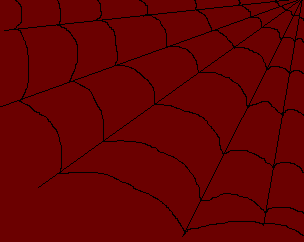Guilford's Alternative Uses Task (1967)
(For more information, contact Gayle Dow, Indiana University)
In Guilford’s Alternative Uses Task (1967) examinees are asked to list as many possible uses for a common house hold item (such as s brick, a paperclip, a newspaper)
Example
Name all the uses for a brick:
- A paperweight
- A doorstop
- A mock coffin at a Barbie funeral
- To throw through a window
- To use as a weapon
- To hit my sister on the head with
Scoring
Scoring is comprised of four components:
- Originality - each response it compared to the total amount of responses from all of the people you gave the test to. Reponses that were given by only 5% of your group are unusual (1 point), responses that were given by only 1% of your group are unique - 2 points). Total all the point. Higher scores indicate creativity*
- Fluency - total. Just add up all the responses. In this example it is 6.
- Flexibility - or different categories. In this case there are five different categories (weapon and hit sister are from the same general idea of weapon)
- Elaboration - amount of detail (for Example "a doorstop" = 0 whereas "a door stop to prevent a door slamming shut in a strong wind" = 2 (one for explanation of door slamming, two for further detail about the wind).
*You might have noticed that the higher fluency the higher the originality (if you did "good for you!") This is a contamination problem and can be corrected by using a corrective calculation for originality (originality = originality/fluency).
Administration
Any one can administer Guilford’s Alternative Uses Task (1967). No training required. Materials can be created by the examiner and individually administered to the examinees or shown on an overhead projector to a group of examinees.
Typically the test is administered in a classroom setting. However, the test can also been an unlimited time "take home": since time is an issue. The majority of responses given by the examinees in the first few minutes tend to be their least creative.
To order the Guilford's Alternative Uses Task (1967) visit http://www.mindgarden.com (while not listed on their website they process the order via phone)
Also see similar tests:
Torrance Tests of Creative Thinking (TTCT) (1974)

